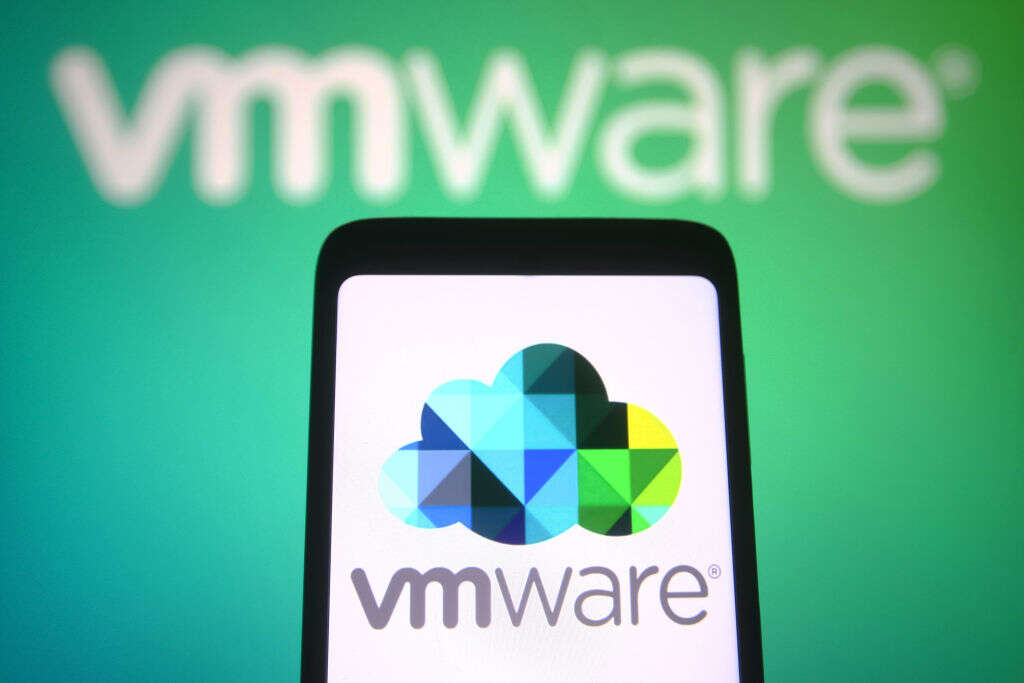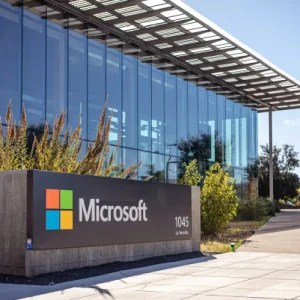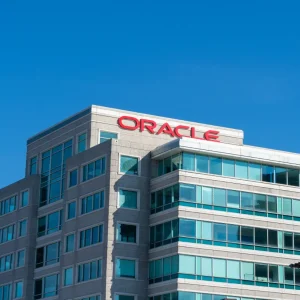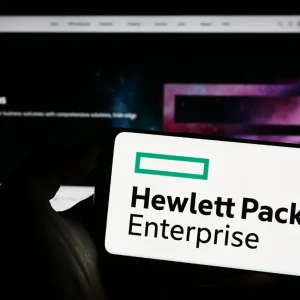
VMware has revealed details of new subscription products for its cloud services. The move reflects the virtualisation giant’s transition to software-as-a-service (SaaS) model, which is likely to accelerate when its $61bn takeover by Broadcom goes through.

The new products include vSphere+ and vSAN+, previously known by the code name Project Arctic. A vSphere-as-service offering was first teased last year, with Himanshu Singh, director of product marketing for VMware’s cloud platform business, saying it would help organisations with workloads running in multiple clouds.
The services will allow for the management of multiple instances of vSphere, VMware’s cloud-based virtualisation platform, and VSAN, the company’s storage virtualisation product, in multiple locations. They will run in the cloud and will require a subscription, as well as for the organisation to adopt the Cloud Gateway, connecting vSphere instances to Cloud Console.
“As organisations embrace the multi-cloud era, workloads continue to proliferate everywhere,” Singh said. “Each workload has its own set of requirements, which defines its optimal deployment location. As a result, most enterprises have workloads running in multiple clouds as well as on-premises, either as traditional infrastructure, as private clouds, or hosted by third parties.”
VMware says the product includes developer services that allow users to transform existing vSphere infrastructure into enterprise-ready Kubernetes environment – unifying virtual machines and containers on a single platform.
VMware’s SaaS transition accelerates
Pricing for the new service will be revealed next month, and VMware confirmed it would be sold on subscription “because customers want the flexibility they provide.”
A “rapid transition to subscriptions” will be a key part of the future plans for VMware once the sale to Broadcom goes through. Broadcom hopes VMware will add pre-tax earnings of $8.5bn to its software division within three years of closing the deal. Last year, VMware’s EBITDA was $4.7bn on revenue of $12.9bn.
The $8.5bn target is achievable, Bola Rotibi, analyst at CCS Insight, told Tech Monitor last month. “I don’t see any reason why that can’t be done,” she added. “If you think about VMware’s revenue, last year it was $12.9bn, up 9%, which is already a substantial amount.”
Moving to a subscription model is a way to achieve the financial target Broadcom has for VMware, Rotibi added. “VMWare has been increasing its subscription software over the last year,” she explains. “It has a strong trajectory to move everything to a SaaS model, and VMware’s plan is to have that across all of its portfolio by 2023 so that doesn’t surprise me.”
The sale could be in doubt though, or at least face a protracted legal battle as the EU is set to launch an in-depth antitrust investigation into the deal, investigating whether the takeover of the virtualisation specialist may lead to “abusive behaviour”.
Hock Tan, CEO of Broadcom said at the time of the announcement: “Building upon our proven track record of successful M&A, this transaction combines our leading semiconductor and infrastructure software businesses with an iconic pioneer and innovator in enterprise software as we reimagine what we can deliver to customers as a leading infrastructure technology company.”
But the synergies between VMware and Broadcom have been questioned, with GlobalData principal analyst, Steven Schuchart, saying the acquisition strategy seems to be “trying to buy relevance in the enterprise IT market beyond its base chip business”.
Schuchart added: “The only reason I can think Broadcom would want VMware is to diversify its product portfolio into software, which generally has a much less lumpy and more predictable income flow due to software subscriptions.”
Tech Monitor is hosting the Tech Leaders Club on 15 September. Find out more on NSMG.live






